#charles scribner's sons publisher
Text
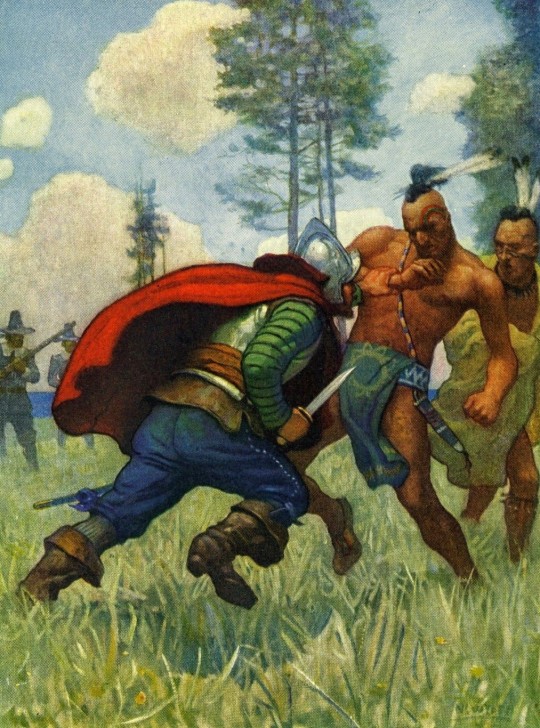
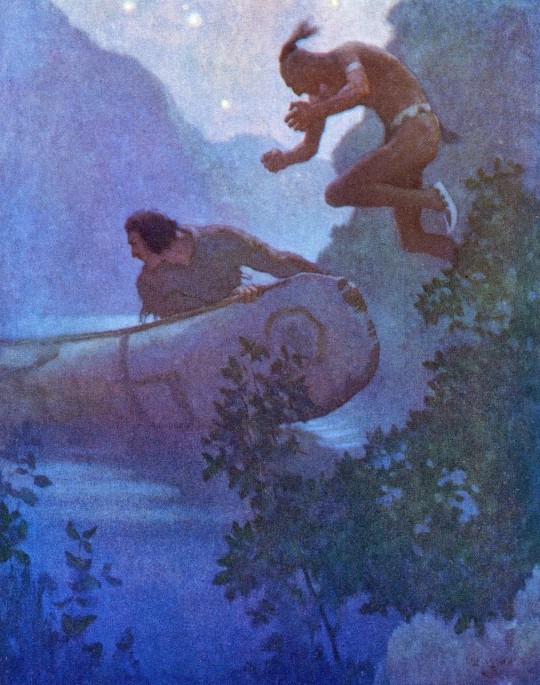
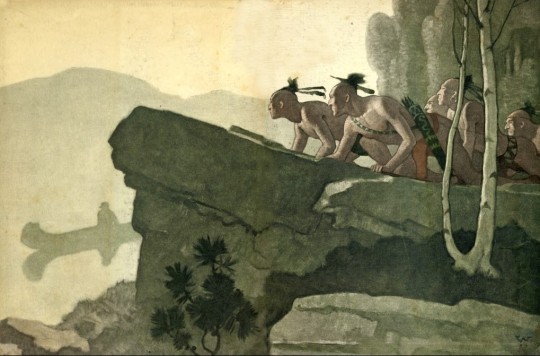
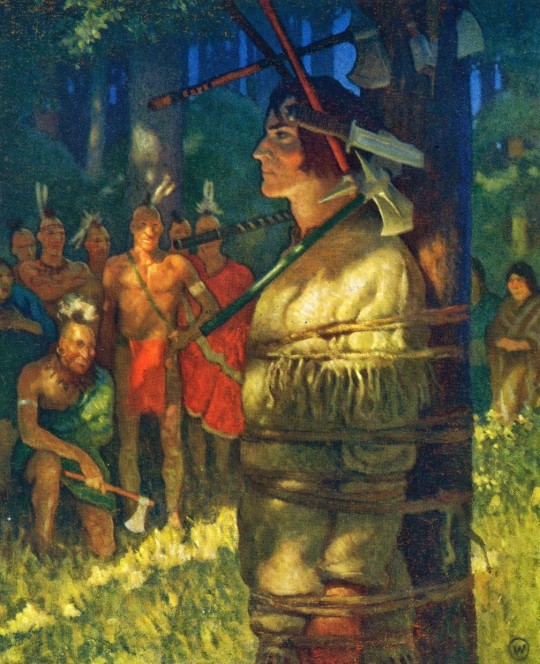

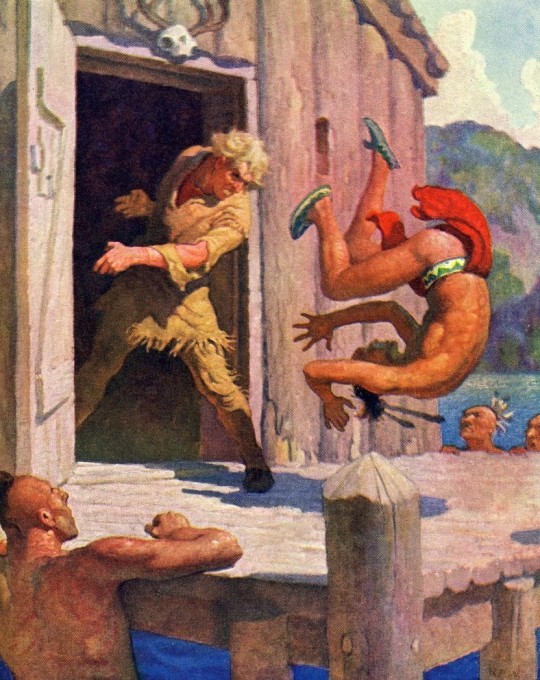


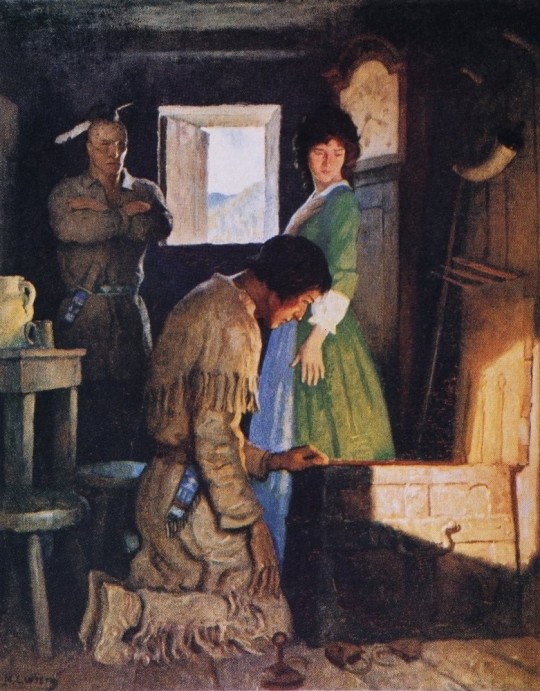
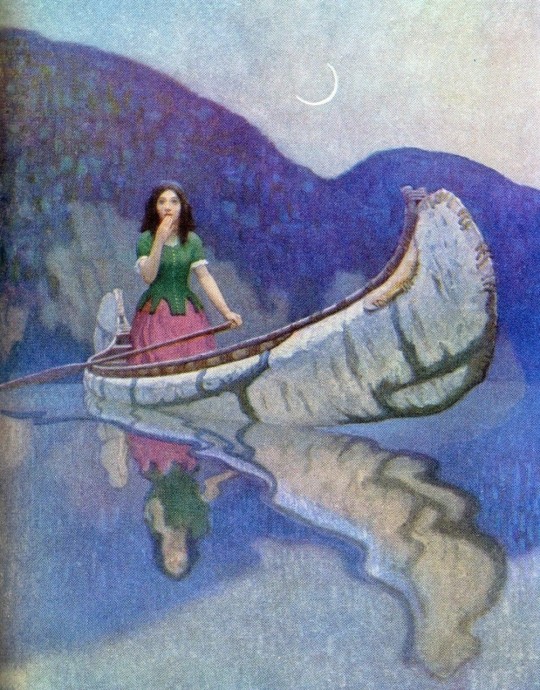
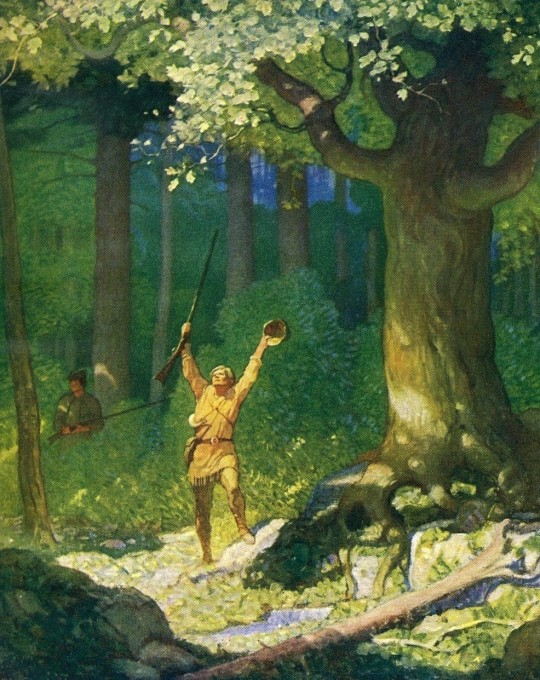
The Deerslayer - art by N. C. Wyeth (1925)
#n. c. wyeth#the deerslayer#james fenimore cooper#book illustrations#adventure novels#leatherstocking tales#nathaniel bumppo#hawkeye#charles scribner's sons publisher#1920s#1925
104 notes
·
View notes
Text
Milestone Monday

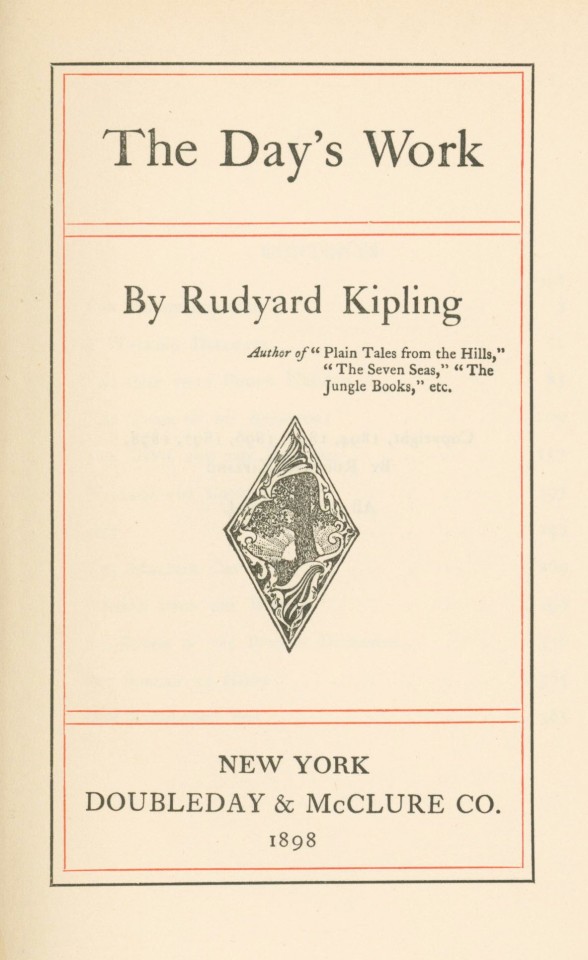


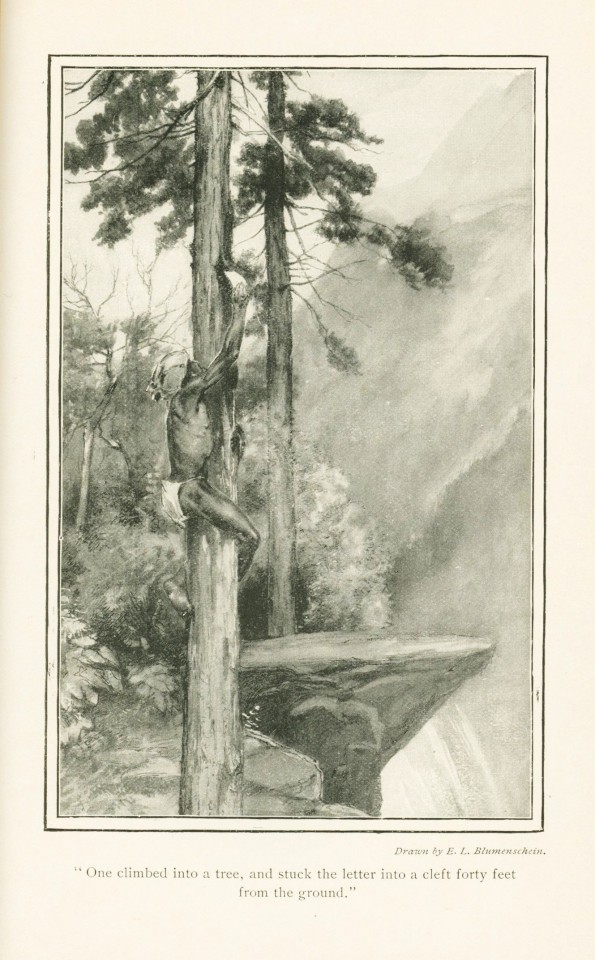



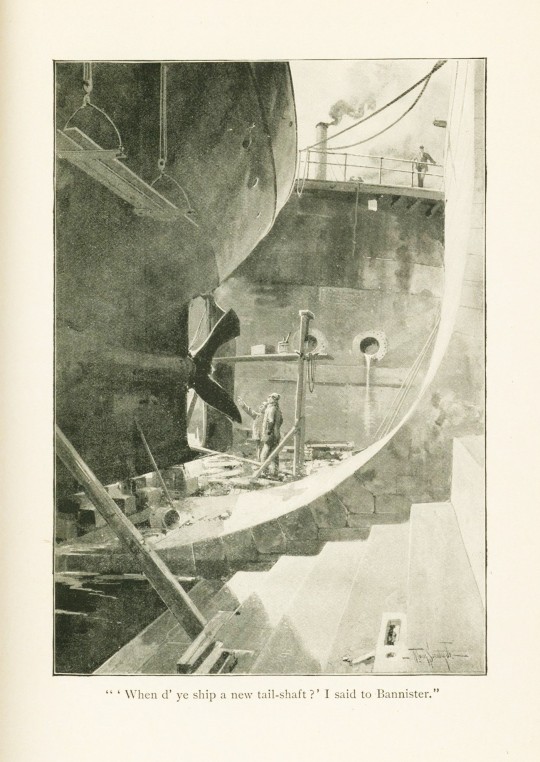
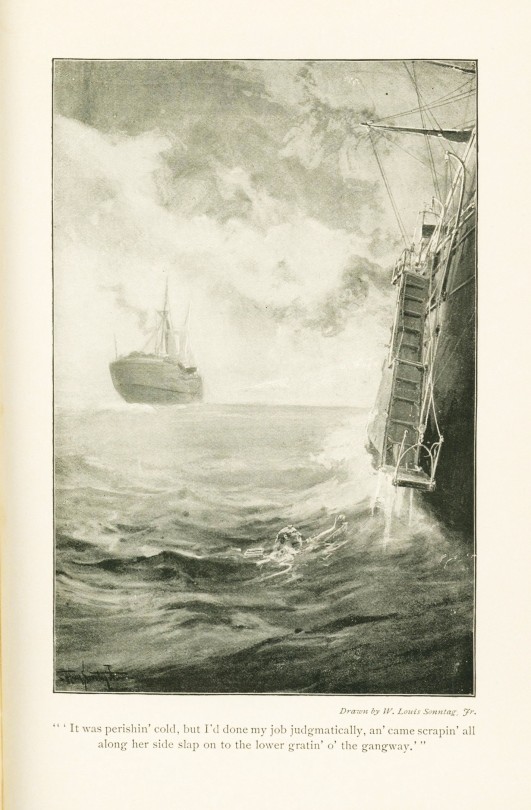
January 8th is the birthday of Frank Nelson Doubleday (1862-1934) who at age ten bought his own printing press to create advertisements and local Brooklyn news circulars and seventy-five years later was known as the co-founder of the largest publisher in the United States. At fifteen years old, Doubleday went to work at Charles Scribner’s Sons, eventually publishing Scribner’s Magazine and heading their subscription book department. After eighteen years, Doubleday left the company and partnered with Samuel Sidney McClure (1857-1949) to open their own publishing venture Doubleday & McClure Company in 1897.
Over the years, Doubleday & McClure Company worked with numerous notable authors and would evolve through a dizzying number of partnerships, acquisitions, and name changes while it grew into an international communications company, eventually settling into a merger with Knopf Publishing Group under Penguin Random House in the early 2000s. In its infancy, still known as Doubleday & McClure, the company found great success with Rudyard Kipling’s (1865-1936) bestseller The Day’s Work.
Published in 1898, The Day’s Work contains thirteen fictional short stories accompanied by illustrations throughout. The stories were written between 1893 and 1896 while Kipling was living in his Bliss Cottage in Vermont and simultaneously working on The Jungle Book. Unlike many of Kipling’s other collections, there are no poems dividing the stories within The Day’s Work. The black and white illustrations within the collection were drawn by four different artists including, William Dodge Stevens (1870-1942), William Louis Sonntag Jr. (1869-1898), Ernest Leonard Blumenschein (1874-1960), and William Ladd Taylor (1854-1926); each leaning into their strengths to support Kipling’s vivid narrative.
Read other Milestone Monday posts here!
– Jenna, Special Collections Graduate Intern
#milestone monday#milestones#frank nelson doubleday#doubleday & mcclure company#charles scribner's sons#samuel sidney mcclure#penguin random house#knopf publishing group#rudyard kipling#the day's work#the jungle book#william dodge stevens#william louis sonntag jr.#ernest leonard blumenschein#william ladd taylor
20 notes
·
View notes
Text

“The Pledge” N.C. Wyeth 1921
Illustration for The Scottish Chiefs by Jane Porter, edition published in New York by Charles Scribner's Sons.
50 notes
·
View notes
Text







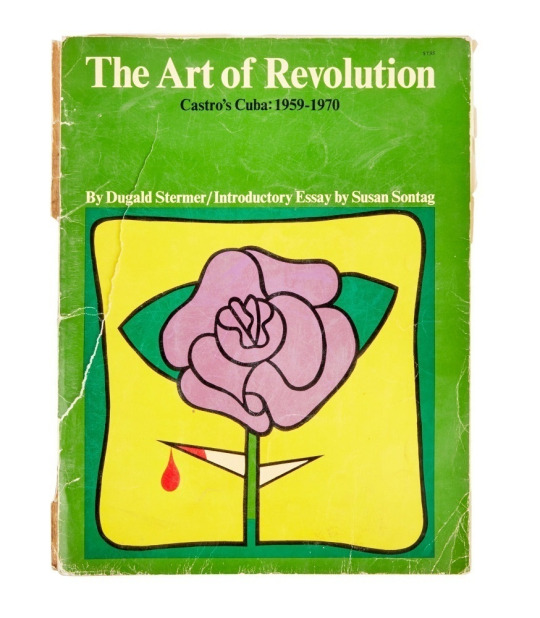
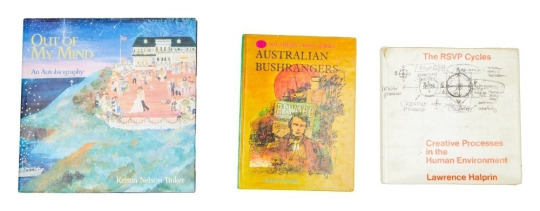




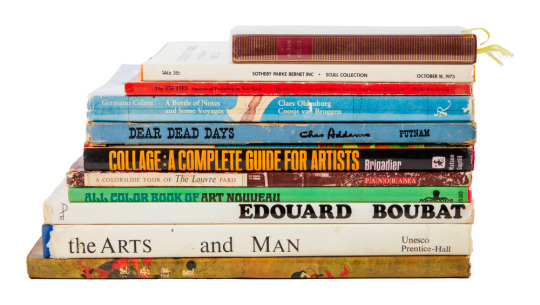

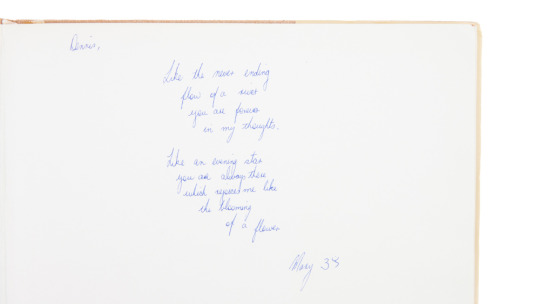
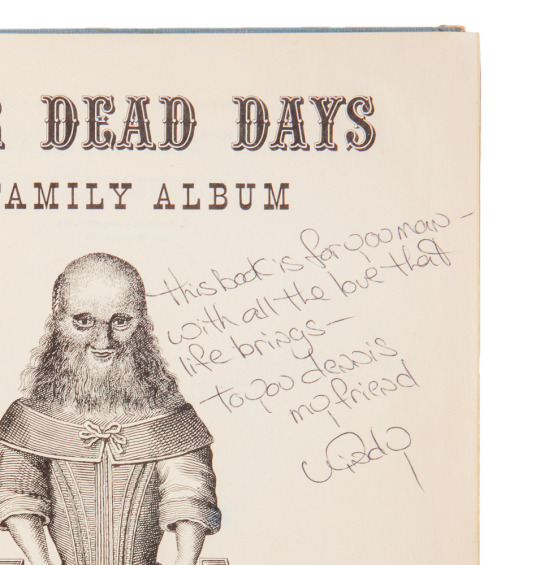
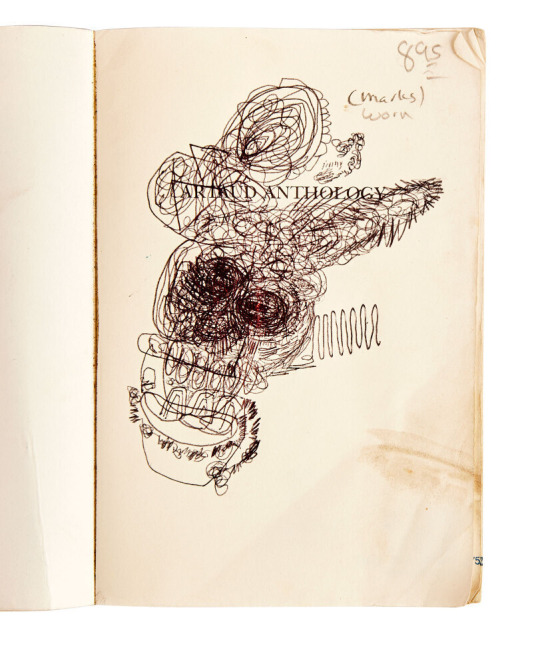
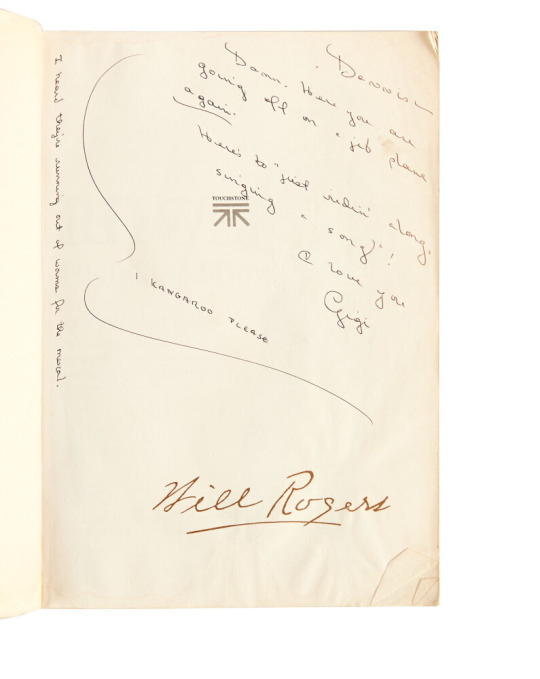
Dennis Hopper's collection of owned and gifted books
(a few are listed under the cut)
Islands in the Stream (Charles Scribner's Sons, 1970)
Magic (Delacorte Press, 1976)
Sneaky People (Simon and Schuster, 1975)
Strange Peaches (Harper's Magazine Press, 1972)
I Didn't Know I Would Live So Long (Charles Scribner's Sons, 1973)
Baby Breakdown (The Bobbs-Merrill Company, Inc., 1970)
37 (Holt, Rinehart and Winston, 1970)
Presences: A Text for Marisol (Charles Scribner's Sons, 1970)
Little Prayers for Little Lips, The Book of Tao, The Bhagavadgita or The Song Divine, and Gems and Their Occult Power.
Lolita (G.P. Putnam's Sons, 1955)
The Dramas of Kansas (John F. Higgins, 1915)
Joy of Cooking (The Bobbs-Merrill Company, 1974)
The Neurotic: His Inner and Outer Worlds (First edition, Citadel Press, 1954)
Out of My Mind: An Autobiography (Harry N. Abrams, Inc., 1997)
The Savage Mind (University of Chicago Press, 1966)
Alive: The Story of the Andes Survivors (J.B. Lippincott Company, 1974)
The Documents of 20th Century Art: Dialogues with Marcel Duchamp (Viking Press, 1971)
The Portable Dorothy Parker, A Portrait of the Artist as a Young Man, I Ching, and How to Make Love to a Man.
John Steinbeck's East of Eden (Bantam, 1962)
James Dean: The Mutant King (Straight Arrow Books, 1974) by David Dalton
The Moviegoer (The Noonday Press, 1971)
Erections, Ejaculations, Exhibitions and General Tales of Ordinary Madness (City Light Books, 1974)
Narcotics Nature's Dangerous Gifts (A Delta Book, 1973)
The Egyptian Book of the Dead (Dover Publications, 1967)
Tibetan Yoga and Secret Doctrines (Oxford University Press, 1969)
Junky (Penguin Books, 1977) by William S. Burroughs
Weed: Adventures of a Dope Smuggler (Harper & Row, 1974)
Alcoholics Anonymous (Alcoholics Anonymous World Services, 1976)
Skrebneski Portraits - A Matter of Record, Sketchbooks of Paolo Soleri, and High Tide.
Raw Notes (The Press of the Nova Scotia College of Art and Design, 2005)
Le Corbusier (Heidi Weber, 1965)
Henry Moore in America (Praeger Publishers, 1973)
Claes Oldenburg (MIT Press, 2012)
Notebooks 1959 1971 (MIT Press, 1972)
A Day in the Country (Los Angeles County Museum of Art, 1985)
Album Celine (Gallimard, 1977)
A Selection of Fifity Works From the Collection of Robert C. Scull (Sotheby Parke Bernet, Inc. 1973)
Collage A Complete Guide for Artists (Watsun-Guptill Publications, 1970)
The Fifties Aspects of Painting in New York (Smithsonian Institution Press, 1980)
A Bottle of Notes and Some Voyages (Rizzoli International Publications, 1988)
All Color Book of Art Nouveau (Octopus Books, 1974)
A Colorslide Tour of The Louvre Paris (Panorama, 1960)
Dear Dead Days (G. P. Putnam's Sons, 1959)
Woman (Aidan Ellis Publishing Limited, 1972)
The Arts and Man ( UNESCO, 1969)
Murals From the Han to the Tang (Foreign Languages Press, 1974)
A (Grove Press Inc., 1968)
Andy Warhol's Index Book (Random House, 1967)
Voices (A Big Table Book, 1969)
Another Country (A Dell Book, circa 1960s)
On The Road (Signet, circa 1980s)
57 notes
·
View notes
Photo
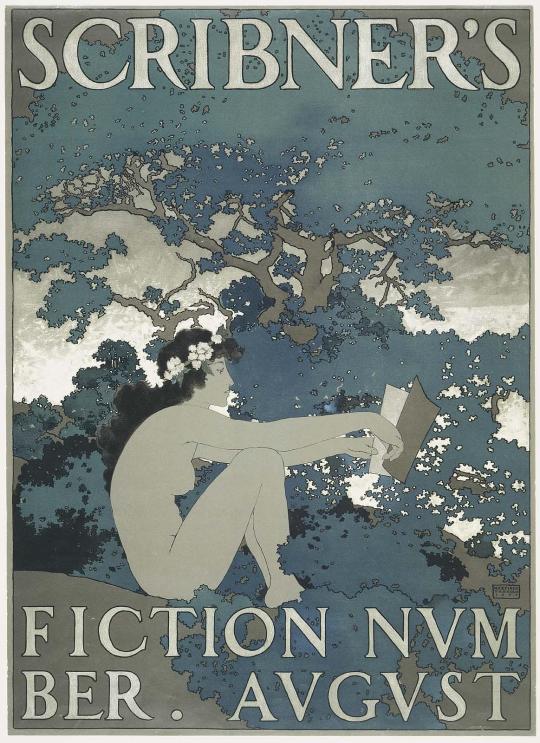
Scribner’s, August 1897.
Poster designed by Maxfield Parrish (American, 1870–1966).
Published by Charles Scribner's Sons.
Image and text information courtesy MFA Boston.
762 notes
·
View notes
Text
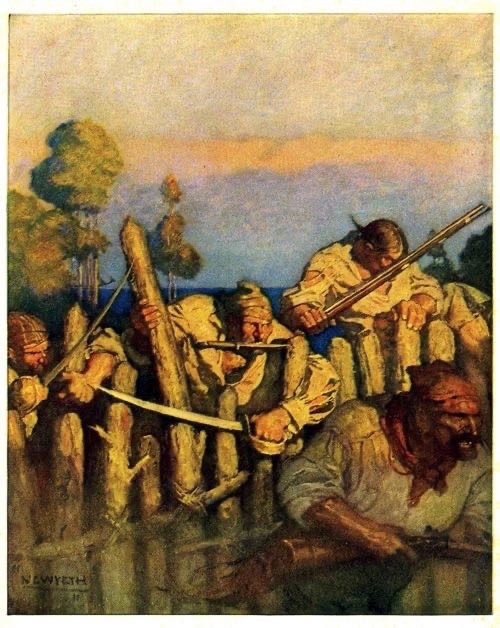

N. C. Wyeth
Treasure Island illustrations (Charles Scribner's Sons, 1925)
[Treasure Island, Robert Louis Stevenson, first published 1883]
#nc wyeth#american artist#american illustrators#american art#american painter#american painting#treasure island#robert louis stevenson#newell convers wyeth#classic literature#literature#pirates#pirate aesthetic#modern art#art history#aesthetictumblr#tumblraesthetic#tumblrpic#tumblrpictures#tumblr art#tumblrstyle#artists on tumblr#aesthetic
26 notes
·
View notes
Text

Perry Firestone King (born April 30, 1948) is an American actor. He is best known for his roles on television and in films. King received a Golden Globe nomination for his role in the television film The Hasty Heart (1983), which is a remake of the 1949 film of the same title.
King was born in Alliance, Ohio; his father was a physician. His maternal grandfather was Maxwell Perkins, an editor for the publishing house Charles Scribner's Sons. Through Perkins, King is descended from U.S. Senator William M. Evarts and from Roger Sherman, one of the signers of the Declaration of independence.[1] King received a degree in drama from Yale University and also studied at Juilliard. (Source: Wikipedia)
13 notes
·
View notes
Photo
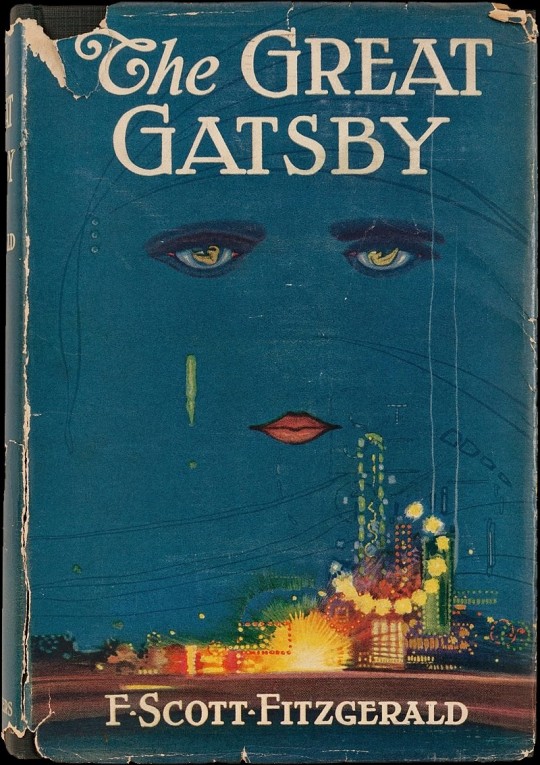
On April 10th, 1925, Charles Scribner’s Sons published The Great Gatsby, F. Scott Fitzgerald’s third novel, which Fitz had begun drafting almost three years before.
“The whole idea of Gatsby,” Fitzgerald once wrote, “is the unfairness of a poor young man not being able to marry a girl with money. This theme comes up again and again because I lived it.” (That would be in regards to his failed love affair with Ginevra King, who inspired Daisy Buchanan.)
Famously, the book was almost called something else—a number of something elses, in fact. “Before reluctantly deciding on The Great Gatsby, Fitzgerald hemmed and hawed over more than half a dozen names,” writes Dustin Illingworth. “Gatsby; Among Ash-Heaps and Millionaires; Trimalchio; Trimalchio in West Egg; On the Road to West Egg; Under the Red, White, and Blue; Gold-Hatted Gatsby; and The High-Bouncing Lover. As late as one month before publication, he was still trying to change the title. His final opinion of the name of his masterpiece was not exactly a ringing endorsement: ‘The title is only fair, rather bad than good,’ he said.”
Though The Great Gatsby was received warmly by Fitzgerald’s peers and enjoyed (mostly) positive reviews from critics, it did not sell well, particularly as compared to Fitzgerald’s previous two novels, This Side of Paradise (1920) and The Beautiful and the Damned (1922). (Maybe it was the title.) By the time Fitzgerald died in 1940, he considered the book—and his entire career—a failure.
But books can have long lives. During WWII, The Great Gatsby was selected by the Council on Books in Wartime to be one of the titles sent to American soldiers stationed overseas—and its popularity soon soared.
Now, The Great Gatsby is, of course, one of the perennial candidates for what we think of as the Great American Novel. “Gatsby’s magic emanates not only from its powerhouse poetic style—in which ordinary American language becomes unearthly—but from the authority with which it nails who we want to be as Americans,” Maureen Corrigan writes in So We Read On: How The Great Gatsby Came to Be and Why It Endures. “Not who we are; who we want to be. It’s that wanting that runs through every page of Gatsby, making it our Greatest American Novel. But it’s also our easiest Great American Novel to underrate: too short; too tempting to misread as just a love story gone wrong; too mired in the Roaring Twenties and all that jazz.”
Daily inspiration. Discover more photos at http://justforbooks.tumblr.com
49 notes
·
View notes
Text
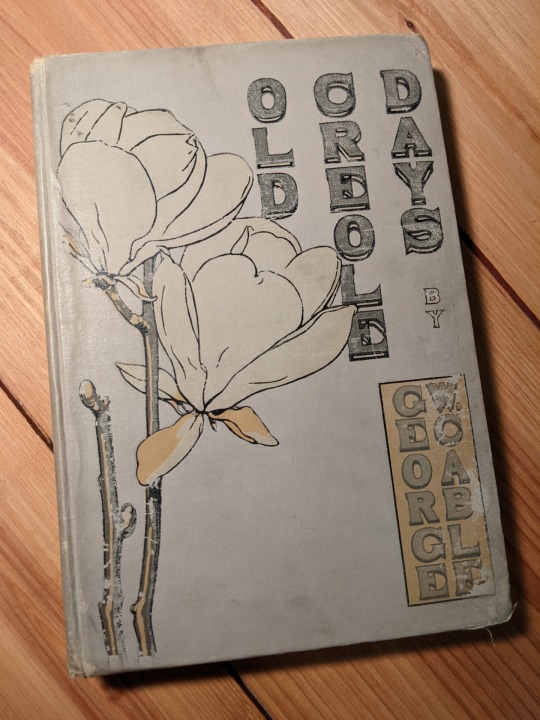
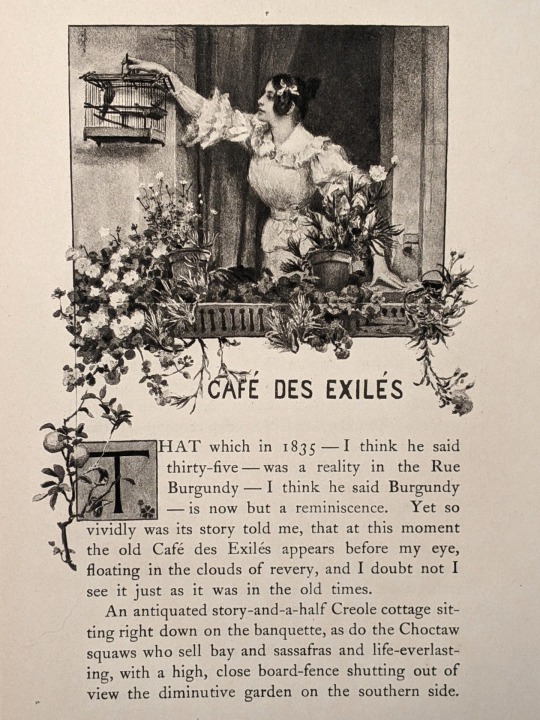
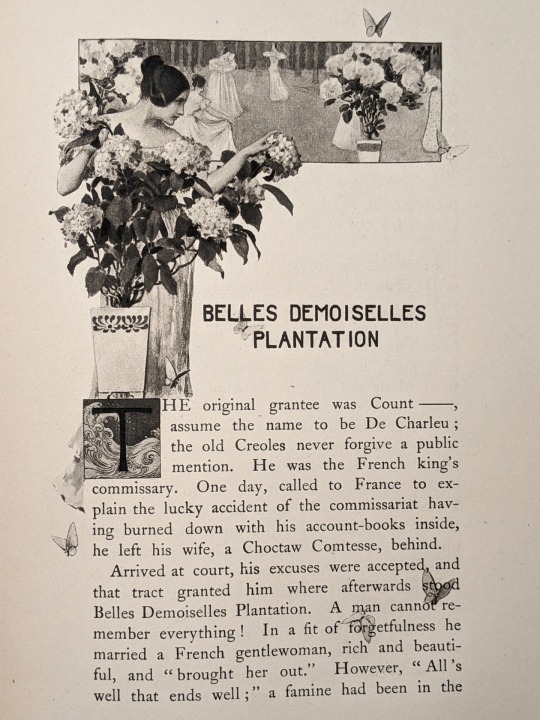
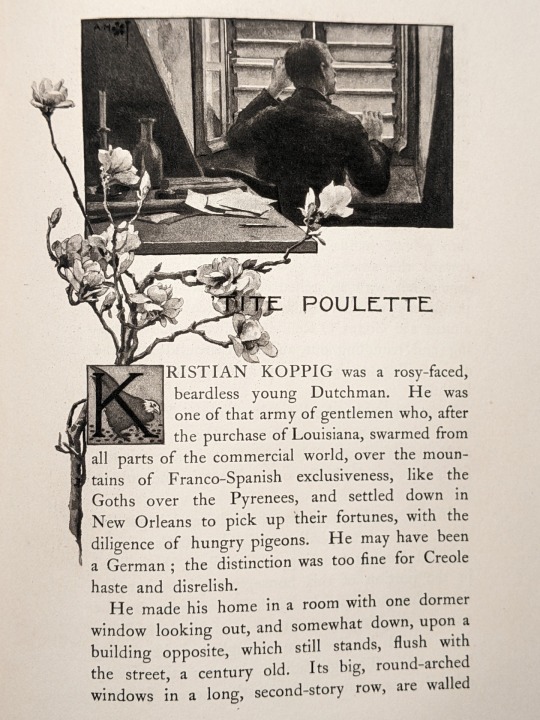
I am relinquishing this copy of Old Creole Days by George W. Cable, with beautiful illustrations by Albert Herter. The book was published by Charles Scribner's Sons, New York, 1897, and it has now been sold to a writer of my acquaintance. I mention this because I am tired of constant complaints about how I am not a bookseller at all, and this is not a proper bookshop.
There. I've done it. I've sold a book. Are you happy now?
#vintage books#beautiful books#antiquarian books#creole#aziraphale's books#booklr#albert herter#george w. cable#old creole days#honestly why does everyone try to take my books#1897#old books#illustrations#book illustrations
10 notes
·
View notes
Text

Description: No dustjacket. Hardcover: Very good. First American Edition. Copyright page contains, "Published October, 1911." Contains thirteen beautiful illustrations. A copy of this book can be seen in the major motion picture, Hook starring Robin Williams and Dustin Hoffman. The book was used to prove to Peter (Robin Williams) that he, in fact, the real Peter Pan. Gilt on bottom of spine is fading. First free endpaper has writing embedded onto the page. Has deckled fore-edge. Back pastedown page has a small bookplate from another bookstore. Published by Charles Scribner's Sons 1911. In our Pearland store.
Half Price Books, $2,000
Can you imagine being the person who sold this to them.
#to be fair i think if you bring an old edition of ANY classic to HPB without doing your own research you might deserve it but#they probably got twenty bucks#wish I had a spare 2k lying around; I would snap this up so fast. what a beautiful book#grabby hands#peter and wendy
2 notes
·
View notes
Text
possibly this will be helpful, possibly not.
oh wow this has a lot more stuff in it than I thought it would!
#free books#books to borrow#I will be borowing it for like 20 mins if it says its not aviable#Rjalker tries to make A Voyage To Arcturus into a video game#character creation#character design#fashion#historical fashion#?
2 notes
·
View notes
Text
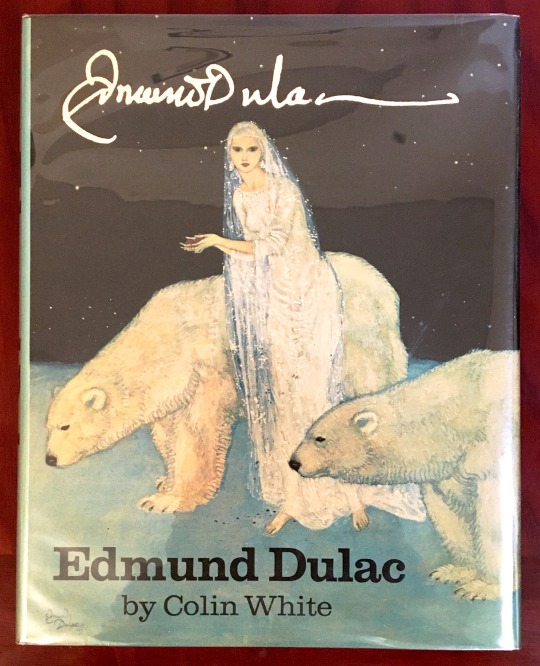
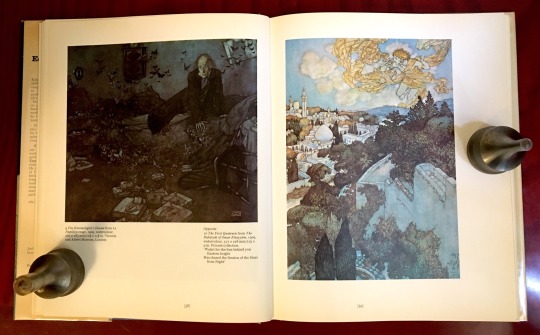

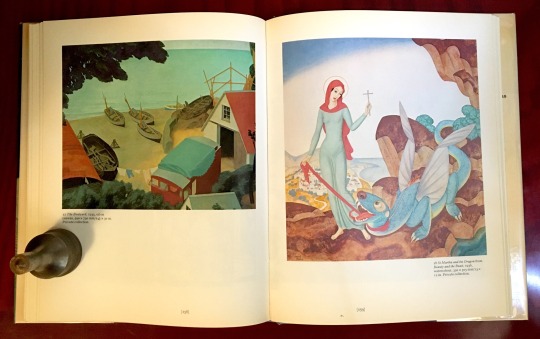

Book 394
Edmund Dulac
Colin White
Charles Scribner’s Sons 1976
The good thing about this book of Edmund Dulac’s (1882-1953) art and design is that it includes reproductions of a great many rarities from his career: postage stamps, bank notes, sketches, even furniture. There is also a very interesting appendix examining Dulac’s signature on his works, which changed quite considerably over the course of his career. Unfortunately, while there are nearly 200 illustrations, only 32 are in color, and the reproductions are not very good. They seem a bit dull and fuzzy overall. They may have looked good when this book was first published in 1976, but now they look a little tired.
#bookshelf#illustrated book#library#personal library#personal collection#books#book lover#bibliophile#booklr#edmund dulac#colin white#Charles Scribner’s sons#illustration#graphic design#Art
4 notes
·
View notes
Photo
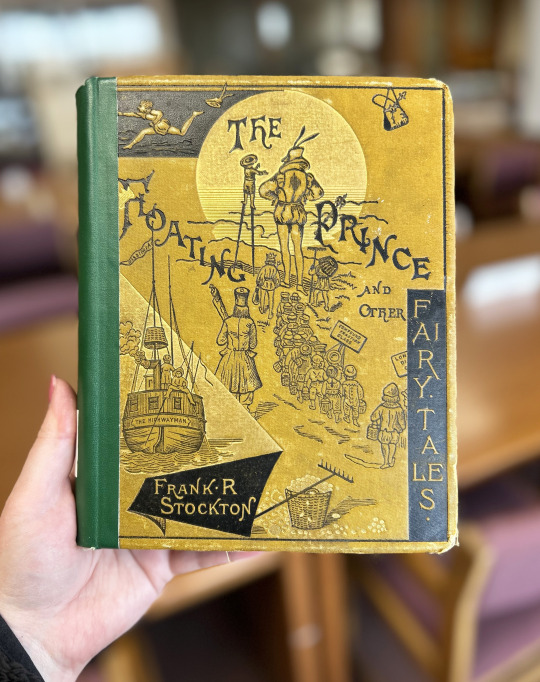



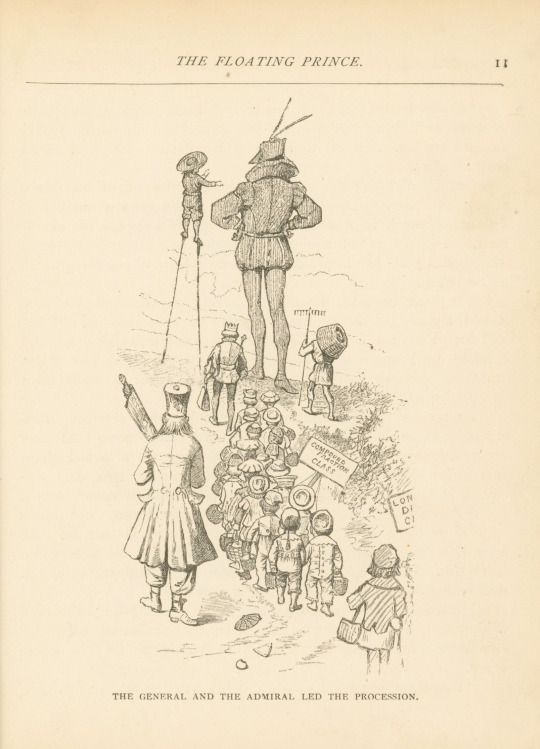
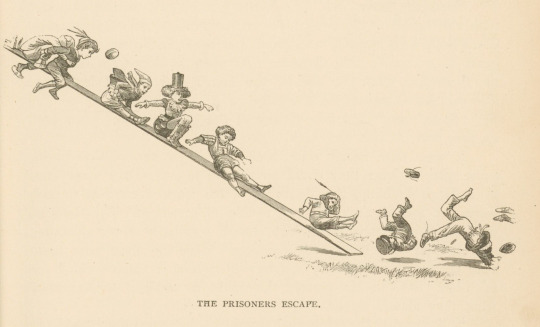

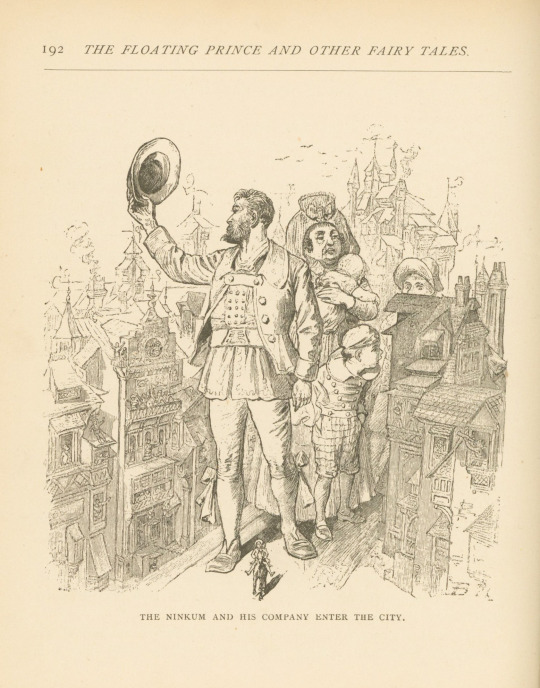

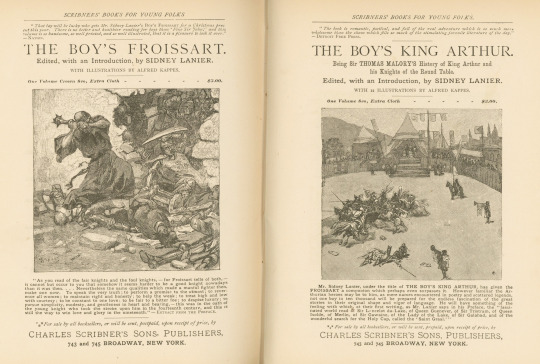
Publishers’ Binding Thursday
This week’s Publishers’ Binding is The Floating Prince and Other Fairy Tales by American writer Frank R. Stockton (1834-1902). This edition was published by Charles Scribner’s Sons in New York in 1881. It consists of humorous fairytales, one of which includes a girl riding a bear! The illustrations are by American artist and illustrator E.B. Bensell (1842-1894), who also illustrated a few other books by Stockton. At the back of the book are advertisements for other books in the Scribner’s series for “Young Folks.” This book is part of our Historical Curriculum Collection.
The book is bound in gold- and black-stamped cloth with green and brown notes. The front cover is decorated with black-stamped scenes and characters from the text and the edges of the cover are beveled. Our copy also features some lovely green mending tape that a thoughtful owner used to “fix” the spine of the book, which is unfortunate because it was likely also nicely decorated.
View more Publishers’ Binding Thursday posts.
View more posts about books from our Historical Curriculum Collection.
-- Alice, Special Collections Department Manager
#Publishers' Binding Thursday#publishers' bindings#Frank R. Stockton#The Floating Prince#E.B. Bensell#Charles Scribner's Sons#book mending#fairytales#Historical Curriculum Collection#children's books#books for young folks#Alice
127 notes
·
View notes
Text
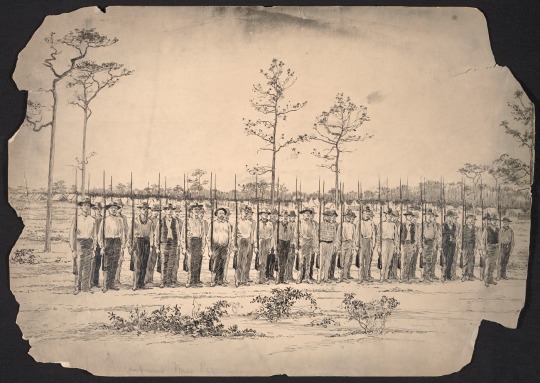
Lafayette and Corinth, Miss., Guards drilling at Mobile drawn by Victor S. Perard from a photograph, published in Scribner's popular history of the United States p. 244., 1878. Charles Scribner's Sons Art Reference Department records, 1839-1962.
Archives of American Art
3 notes
·
View notes
Text
Events 4.10
428 – Nestorius becomes the Patriarch of Constantinople.
837 – Halley's Comet makes its closest approach to Earth at a distance equal to 0.0342 AU (5.1 million kilometres/3.2 million miles).
1407 – Deshin Shekpa, 5th Karmapa Lama visits the Ming dynasty capital at Nanjing and is awarded the title "Great Treasure Prince of Dharma".
1500 – Ludovico Sforza is captured by Swiss troops at Novara and is handed over to the French.
1545 – The settlement of Villa Imperial de Carlos V (now the city of Potosí) in Bolivia is founded after the discovery of huge silver deposits in the area.
1606 – The Virginia Company of London is established by royal charter by James I of England with the purpose of establishing colonial settlements in North America.
1710 – The Statute of Anne, the first law regulating copyright, comes into force in Great Britain.
1717 – Robert Walpole resigns from the British government, commencing the Whig Split which lasts until 1720.
1741 – War of the Austrian Succession: Prussia gains control of Silesia at the Battle of Mollwitz.
1809 – Napoleonic Wars: The War of the Fifth Coalition begins when forces of the Austrian Empire invade Bavaria.
1815 – The Mount Tambora volcano begins a three-month-long eruption, lasting until July 15. The eruption ultimately kills 71,000 people and affects Earth's climate for the next two years.
1816 – The Federal government of the United States approves the creation of the Second Bank of the United States.
1821 – Patriarch Gregory V of Constantinople is hanged by the Ottoman government from the main gate of the Patriarchate and his body is thrown into the Bosphorus.
1821 – Greek War of Independence: the island of Psara joins the Greek struggle for independence.
1826 – The 10,500 inhabitants of the Greek town of Missolonghi begin leaving the town after a year's siege by Turkish forces. Very few of them survive.
1858 – After the original Big Ben, a 14.5 tonnes (32,000 lb) bell for the Palace of Westminster, had cracked during testing, it is recast into the current 13.76 tonnes (30,300 lb) bell by Whitechapel Bell Foundry.
1864 – Archduke Maximilian of Habsburg is proclaimed emperor of Mexico during the French intervention in Mexico.
1865 – American Civil War: A day after his surrender to Union forces, Confederate General Robert E. Lee addresses his troops for the last time.
1866 – The American Society for the Prevention of Cruelty to Animals (ASPCA) is founded in New York City by Henry Bergh.
1868 – At Arogee in Abyssinia, British and Indian forces defeat an army of Emperor Tewodros II. While 700 Ethiopians are killed and many more injured, only two British/Indian troops die.
1872 – The first Arbor Day is celebrated in Nebraska.
1875 – India: Arya Samaj is founded in Mumbai by Swami Dayananda Saraswati to propagate his goal of social reform.
1887 – On Easter Sunday, Pope Leo XIII authorizes the establishment of the Catholic University of America.
1896 – 1896 Summer Olympics: The Olympic marathon is run ending with the victory of Greek athlete Spyridon Louis.
1900 – British suffer a sharp defeat by the Boers south of Brandfort. 600 British troops are killed and wounded and 800 taken prisoner.
1912 – RMS Titanic sets sail from Southampton, England on her maiden and only voyage.
1916 – The Professional Golfers' Association of America (PGA) is created in New York City.
1919 – Mexican Revolution leader Emiliano Zapata is ambushed and shot dead by government forces in Morelos.
1919 – The Third Regional Congress of Peasants, Workers and Insurgents is held by the Makhnovshchina at Huliaipole.
1925 – The Great Gatsby by F. Scott Fitzgerald is first published in New York City, by Charles Scribner's Sons.
1938 – The 1938 German parliamentary election and referendum seeks approval for a single list of Nazi candidates and the recent annexation of Austria.
1939 – Alcoholics Anonymous, A.A.'s "Big Book", is first published.
1941 – World War II: The Axis powers establish the Independent State of Croatia.
1944 – Rudolf Vrba and Alfréd Wetzler escape from Birkenau death camp.
1963 – One hundred twenty-nine American sailors die when the submarine USS Thresher sinks at sea.
1968 – The TEV Wahine, a New Zealand ferry sinks in Wellington harbour due to a fierce storm – the strongest winds ever in Wellington. Out of the 734 people on board, fifty-three died.
1970 – Paul McCartney announces that he is leaving The Beatles for personal and professional reasons.
1971 – Ping-pong diplomacy: In an attempt to thaw relations with the United States, China hosts the U.S. table tennis team for a week-long visit.
1972 – Tombs containing bamboo slips, among them Sun Tzu's Art of War and Sun Bin's lost military treatise, are accidentally discovered by construction workers in Shandong.
1972 – Vietnam War: For the first time since November 1967, American B-52 bombers reportedly begin bombing North Vietnam.
1973 – Invicta International Airlines Flight 435 crashes in a snowstorm on approach to Basel, Switzerland, killing 108 people.
1979 – Red River Valley tornado outbreak: A tornado lands in Wichita Falls, Texas killing 42 people.
1988 – The Ojhri Camp explosion kills or injures more than 1,000 people in Rawalpindi and Islamabad, Pakistan.
1991 – Italian ferry MS Moby Prince collides with an oil tanker in dense fog off Livorno, Italy, killing 140.
1991 – A rare tropical storm develops in the South Atlantic Ocean near Angola; the first to be documented by satellites.
1998 – The Good Friday Agreement is signed in Northern Ireland.
2009 – President of Fiji Ratu Josefa Iloilo announces the abrogation of the constitution and assumes all governance in the country, creating a constitutional crisis.
2010 – Polish Air Force Tu-154M crashes near Smolensk, Russia, killing 96 people, including Polish President Lech Kaczyński, his wife, and dozens of other senior officials and dignitaries.
2016 – The Paravur temple accident in which a devastating fire caused by the explosion of firecrackers stored for Vishu, kills more than one hundred people out of the thousands gathered for seventh day of Bhadrakali worship.
2016 – An earthquake of 6.6 magnitude strikes 39 km west-southwest of Ashkasham, shakes up India, Afghanistan, Tajikistan, Srinagar and Pakistan.
2019 – Scientists from the Event Horizon Telescope project announce the first ever image of a black hole, which was located in the centre of the M87 galaxy.
1 note
·
View note
Photo

Decorative cover of ‘Nature in Ornament’ by Lewis Foreman Day.
Published 1892 by B.T. Batsford, Charles Scribner's Sons.
Cornell University Library
archive.org
97 notes
·
View notes